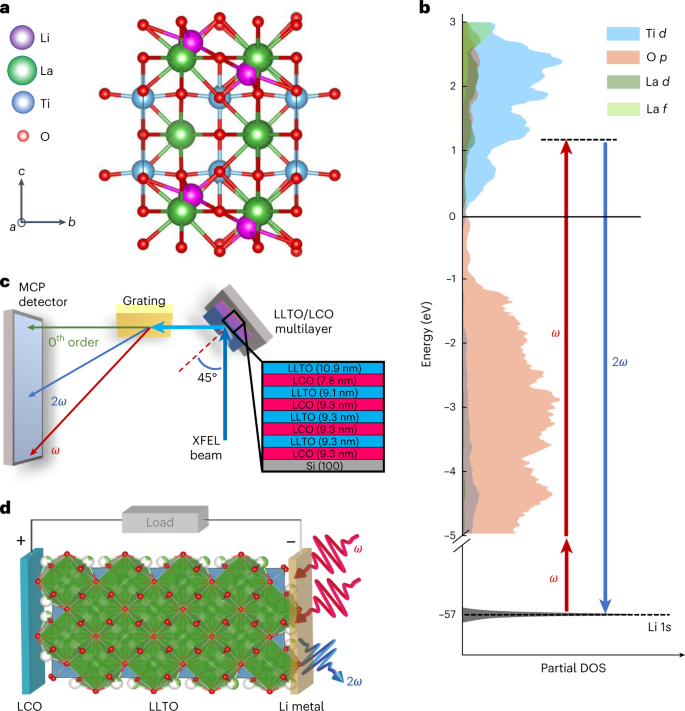2023-04-28 ペンシルベニア州立大学(PennState)
従来の商業的に利用可能な熱電素子の効率は5%〜6%にすぎない。新しいアプローチは、次世代の熱電素子の設計と開発に革命をもたらす可能性があると考えられている。
<関連情報>
- https://www.psu.edu/news/research/story/breakthrough-waste-heat-green-energy-materials-boost-record-efficiency/
- https://onlinelibrary.wiley.com/doi/full/10.1002/adma.202210407
層状材料の相乗的最適化による熱電変換モジュールの高変換効率化に向けて Toward High Conversion Efficiency of Thermoelectric Modules through Synergistical Optimization of Layered Materials
Wenjie Li, Bed Poudel, Ravi Anant Kishore, Amin Nozariasbmarz, Na Liu, Yu Zhang, Shashank Priya
Advanced Materials Published: 03 March 2023
DOI:https://doi.org/10.1002/adma.202210407

Abstract
Waste-heat electricity generation using high-efficiency solid-state conversion technology can significantly decrease dependence on fossil fuels. Here, a synergistical optimization of layered half-Heusler (hH) materials and module to improve thermoelectric conversion efficiency is reported. This is realized by manufacturing multiple thermoelectric materials with major compositional variations and temperature-gradient-coupled carrier distribution by one-step spark plasma sintering. This strategy provides a solution to overcome the intrinsic concomitants of the conventional segmented architecture that only considers the matching of the figure of merit (zT) with the temperature gradient. The current design is dedicated to temperature-gradient-coupled resistivity and compatibility matching, optimum zT matching, and reducing contact resistance sources. By enhancing the quality factor of the materials by Sb-vapor-pressure-induced annealing, a superior zT of 1.47 at 973 K is achieved for (Nb, Hf)FeSb hH alloys. Along with the low-temperature high-zT hH alloys of (Nb, Ta, Ti, V)FeSb, the single stage layered hH modules are developed with efficiencies of ≈15.2% and ≈13.5% for the single-leg and unicouple thermoelectric modules, respectively, under ΔT of 670 K. Therefore, this work has a transformative impact on the design and development of next-generation thermoelectric generators for any thermoelectric material families.



